In the past, Japanese cast iron tea kettles were fired over hot coals to create a rust free surface inside the pot. Experienced artisans tended to the fire and used experience and intuition to remove the kettle at just the right time. Leave it too long or heat the fire too quickly and the rust free finish is lost.
For many years Oigen tried to emulate this process and have perfected it commercially. They don’t mind sharing with us how the Naked Pan is made, as this process is protected by an international patent.
……..
Firstly I ask Ms Oikawa, President of Oigen Foundry – “What is Naked Pan?”
PRESIDENT OIKAWA: Naked Pan is a non stick pan that has no coating, so we say it is naked! The surface has many tiny holes, which trap oil. You still need to season the pan properly but it has non-stick properties that are far superior to regular cast ironware.”
HUDSON: So why is Naked Pan better than regular cast iron cookware?
PRESIDENT OIKAWA: “Naked Pan has an iron oxide surface that resists rust, and is made from 70% recycled materials. It also has no enamel coating that can chip and crack at high temperatures.”
Naked Pans also require less maintenance that regular cast ironware. Like Oigen’s original Washoku range, there is no PFOA/PFTE or other dangerous chemicals which coat other non-stick pans and end up in your food and in the air at high temperatures. The Naked Pan will last 100 years and can be recycled at the end of its life making it an excellent environmental choice.
Each Naked Pan is made in the same way as Oigen cast iron pans but instead of receiving a final coat of cashew oil they go through an additional kiln firing process.
1. The polished pieces of cast iron cookware are placed in a custom made kiln that gradually heats to 900°C over a period of one hour. The size, shape and heat distribution of the kiln are critical.
2. At 900°C an alarm sounds and the pans are carefully removed from the kiln. The heat coming off the ironware is so intense I think my camera lens is about to crack, but this is too good not to photograph.
3. One point to note is this process is only done in small batches, larger batches have tried and failed. This means that Naked Pans cannot be mass produced. They’re a little more expensive than ordinary cast ironware but I guess it doesn’t really matter considering they last a hundred years, whereas your ordinary Teflon coated pans only last a couple of years.
4. The pieces are left to cool naturally and the glowing red gives way to the matt grey finish of the final product.
5. The Naked Pans are now ready, cast iron cookware glorious in it’s nakedness!
……..
Naked Pan range from Oigen Foundry.

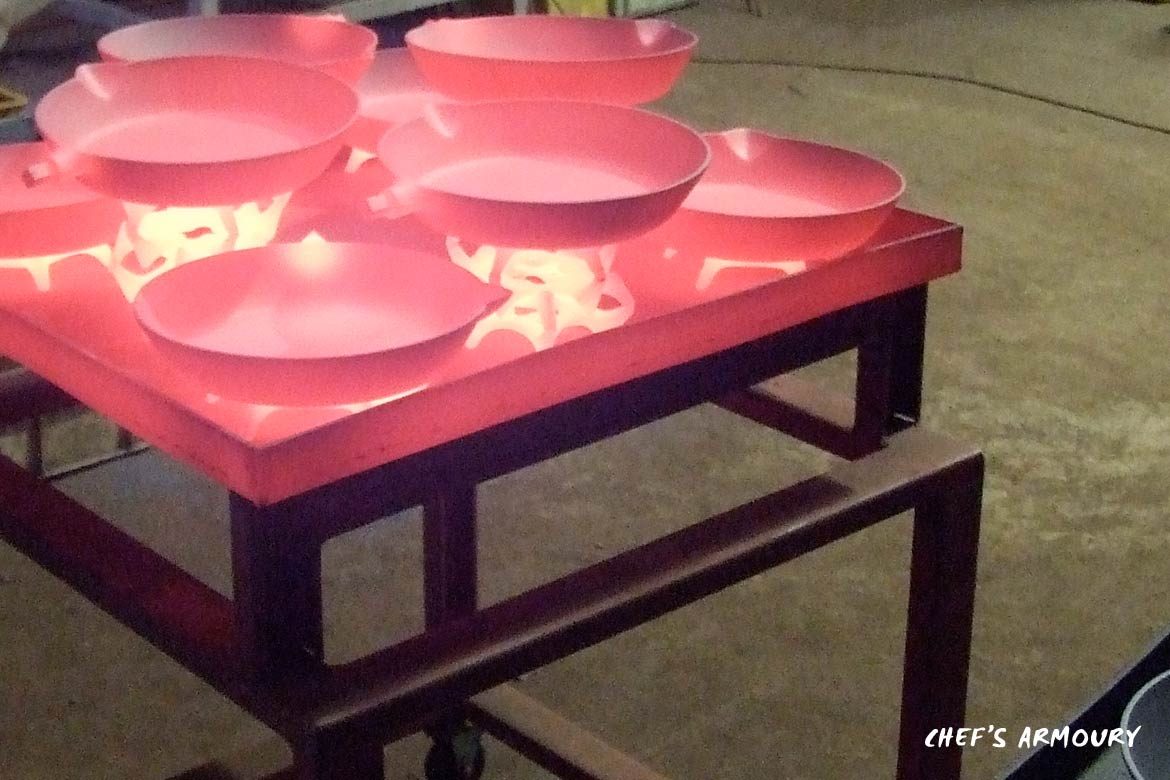
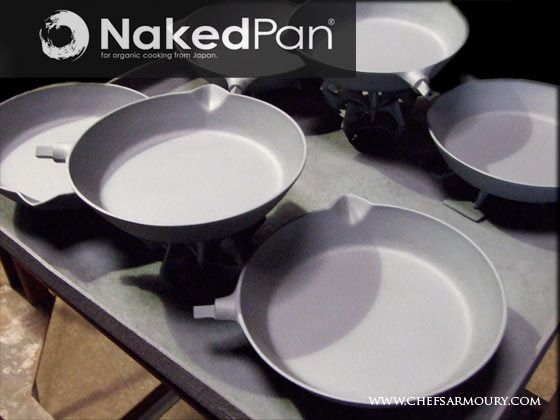
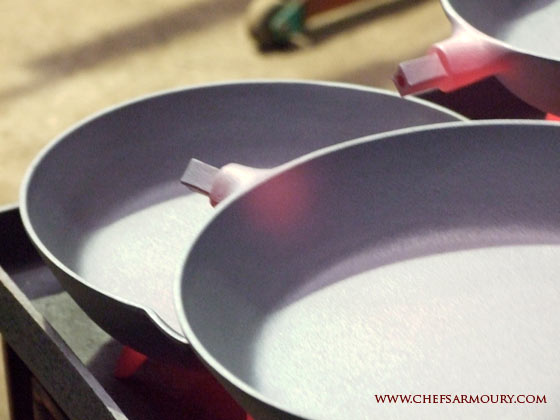
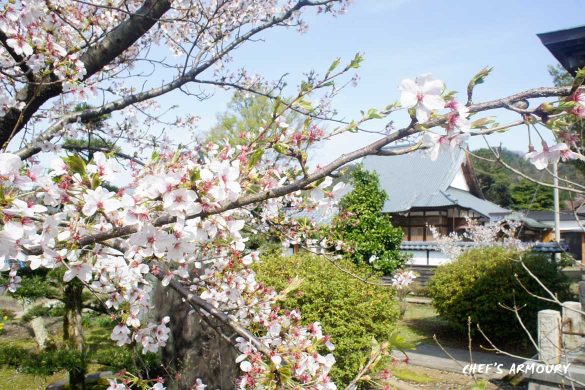
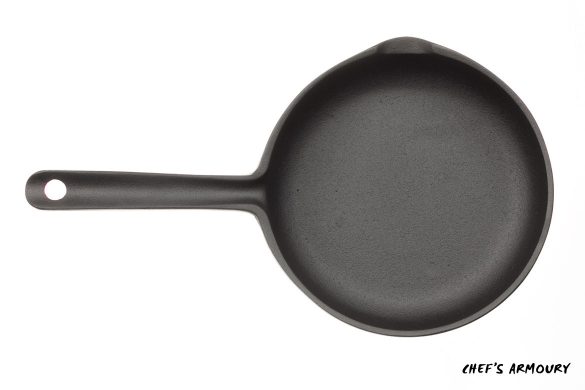
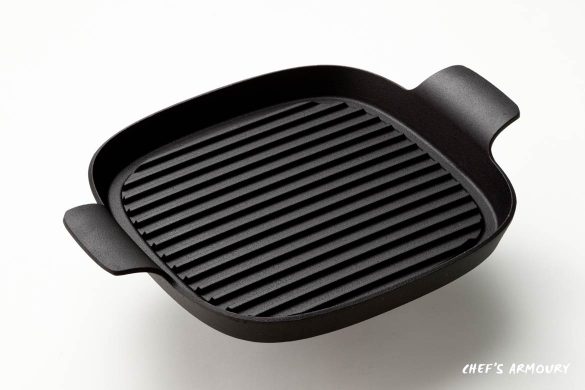
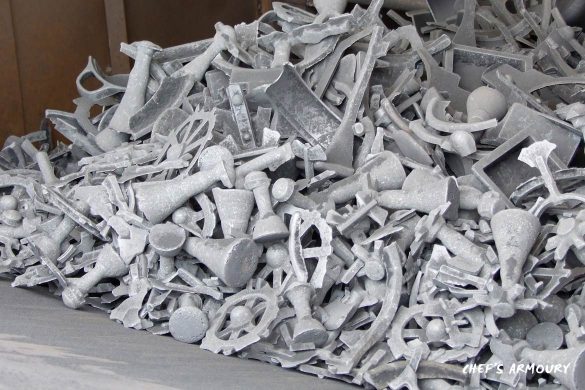
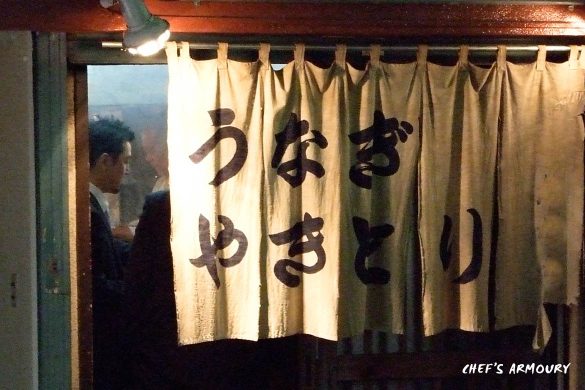
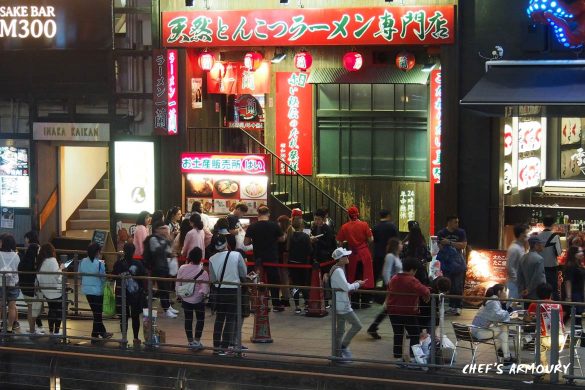
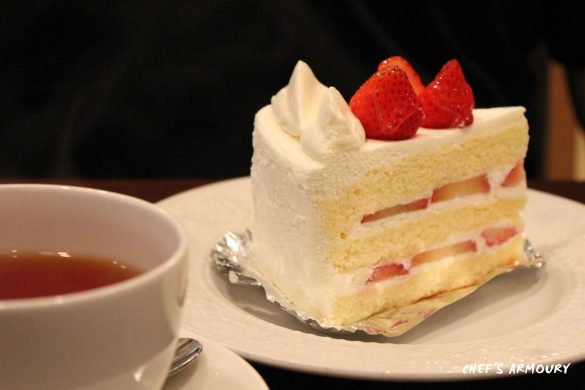
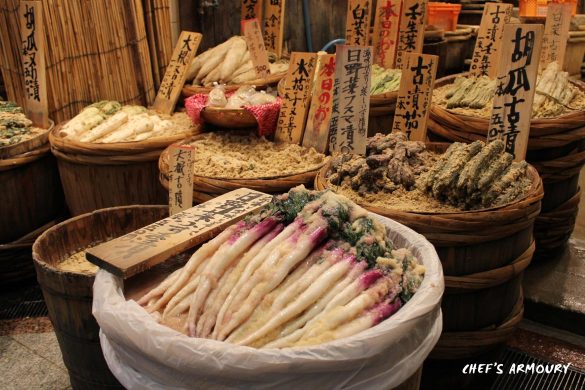
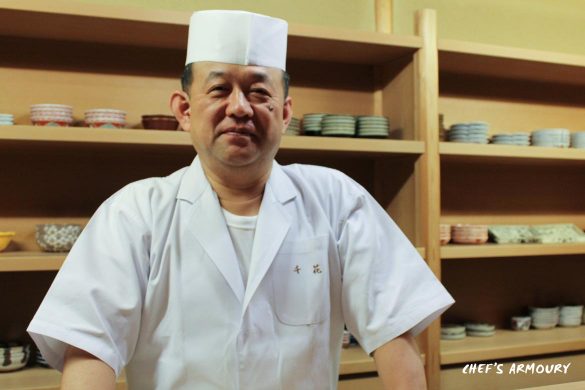
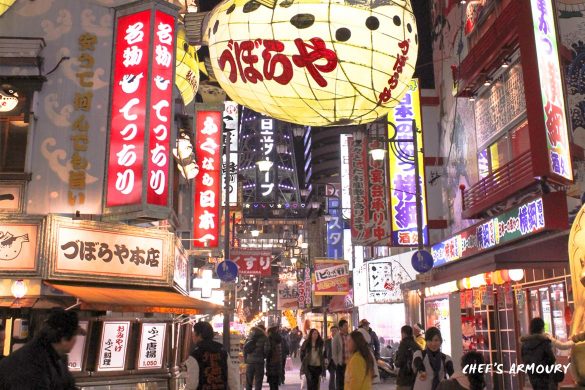
4 Comments
Great video Leigh. It’s always interesting to hear more about these fantastic products.
From my own personal experiences, I’ve found my Naked Pan, after proper seasoning and relatively few uses, to be far more non-stick than an extremely well-seasoned and beloved 7 year-old wok. The heat distribution is entirely homogeneous, though you’d hope so given the weight.
If you’re in the market for a really versatile piece of cookware or just a non-stick pan that doesn’t disappoint, you really can’t go wrong with one of these. Stick one on your Christmas list, give Santa a workout in the delivery process and spend the holidays Naked with your loved ones.
They’re the dog’s for cooking okonomiyaki too…..nuff’ said.
Thanks for the comment Olly, we knew you couldn’t resist the temptation of combing the words Naked and Santa in the one sentence.
what material to make color black?
The naked pans darken with age and eventually turn black as more oil is burned into the surface.